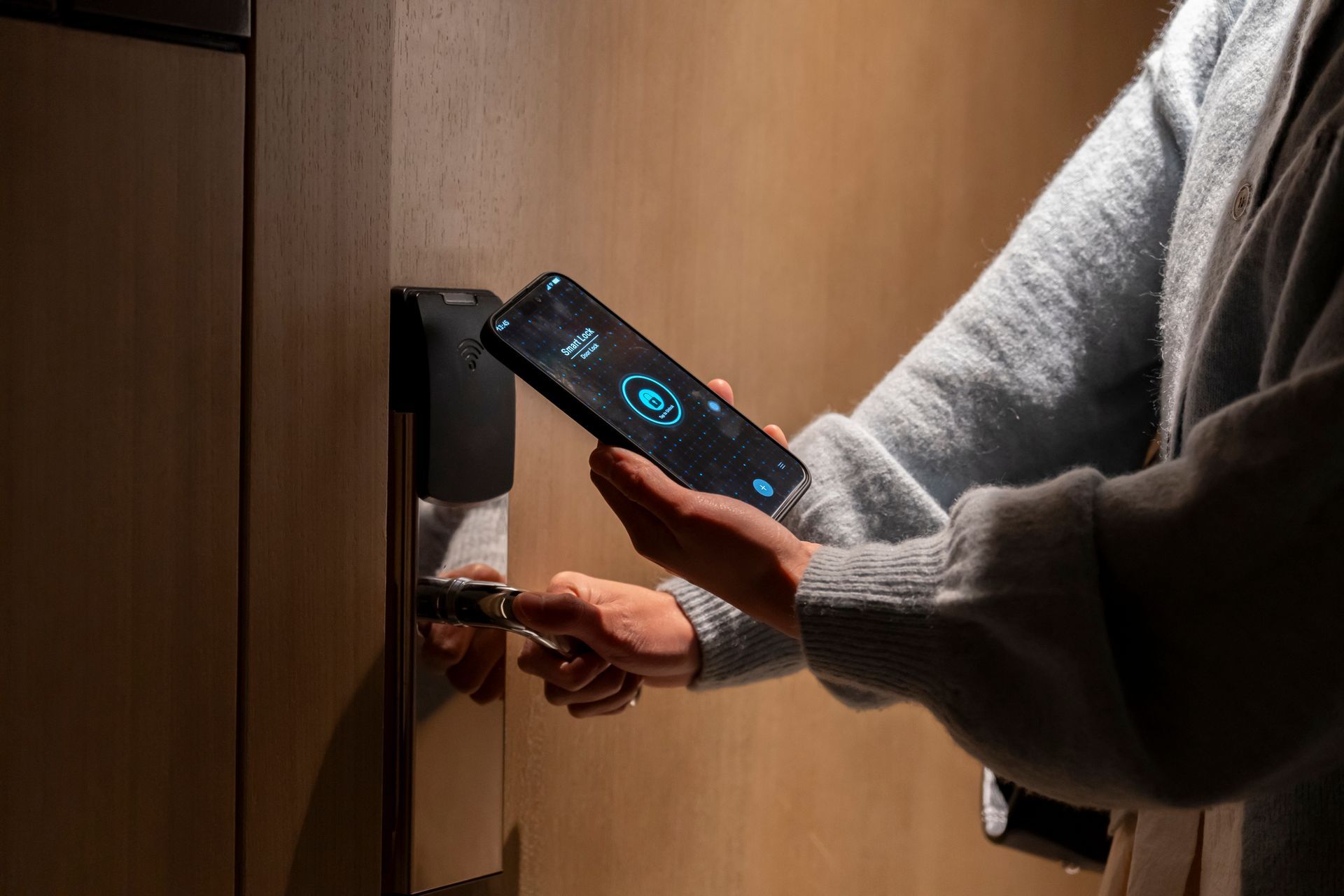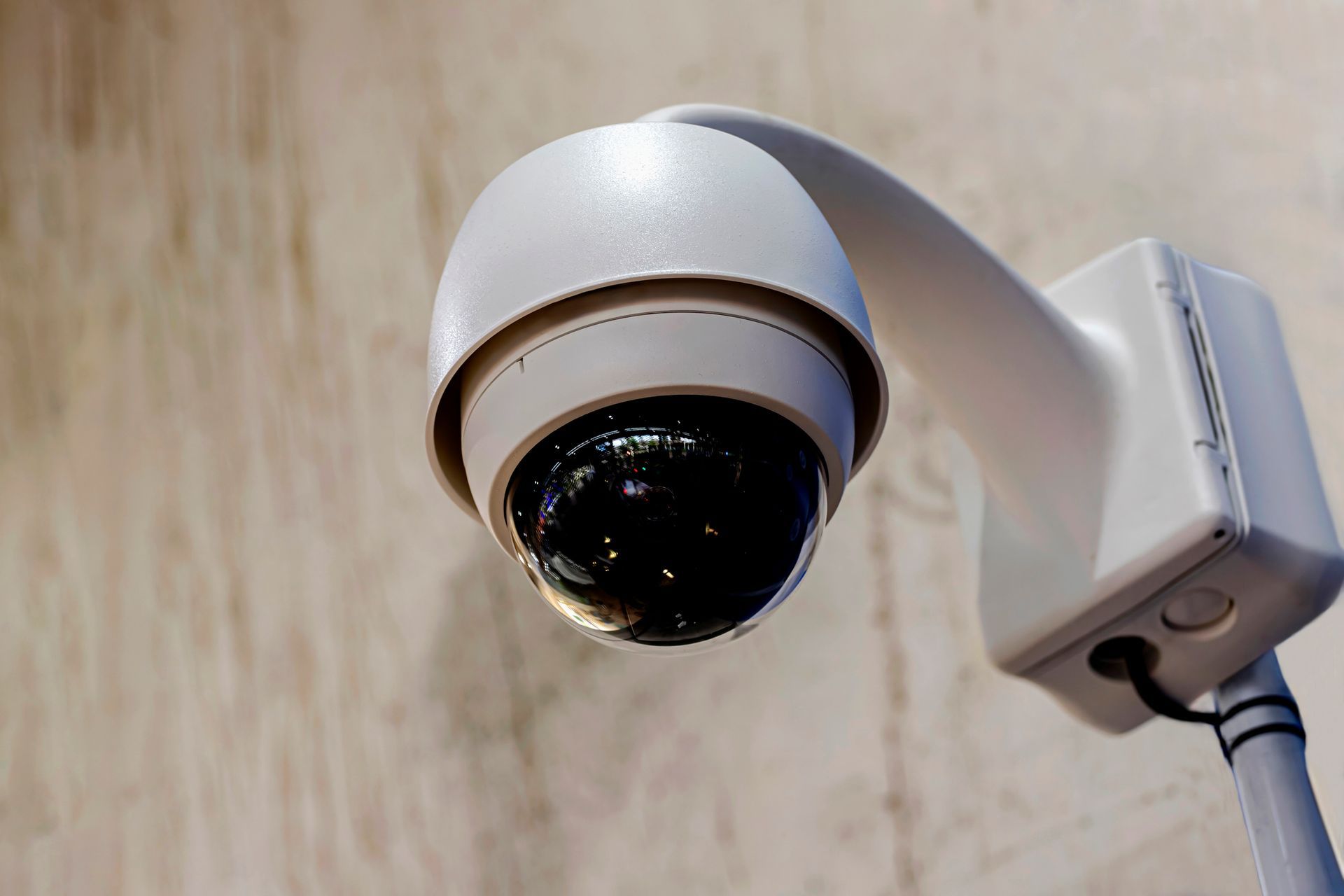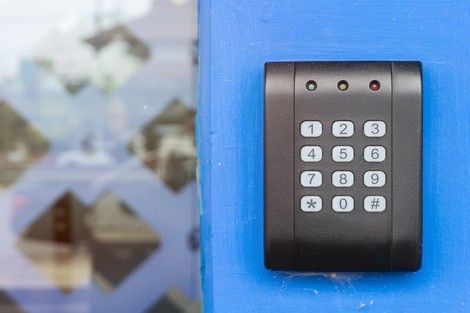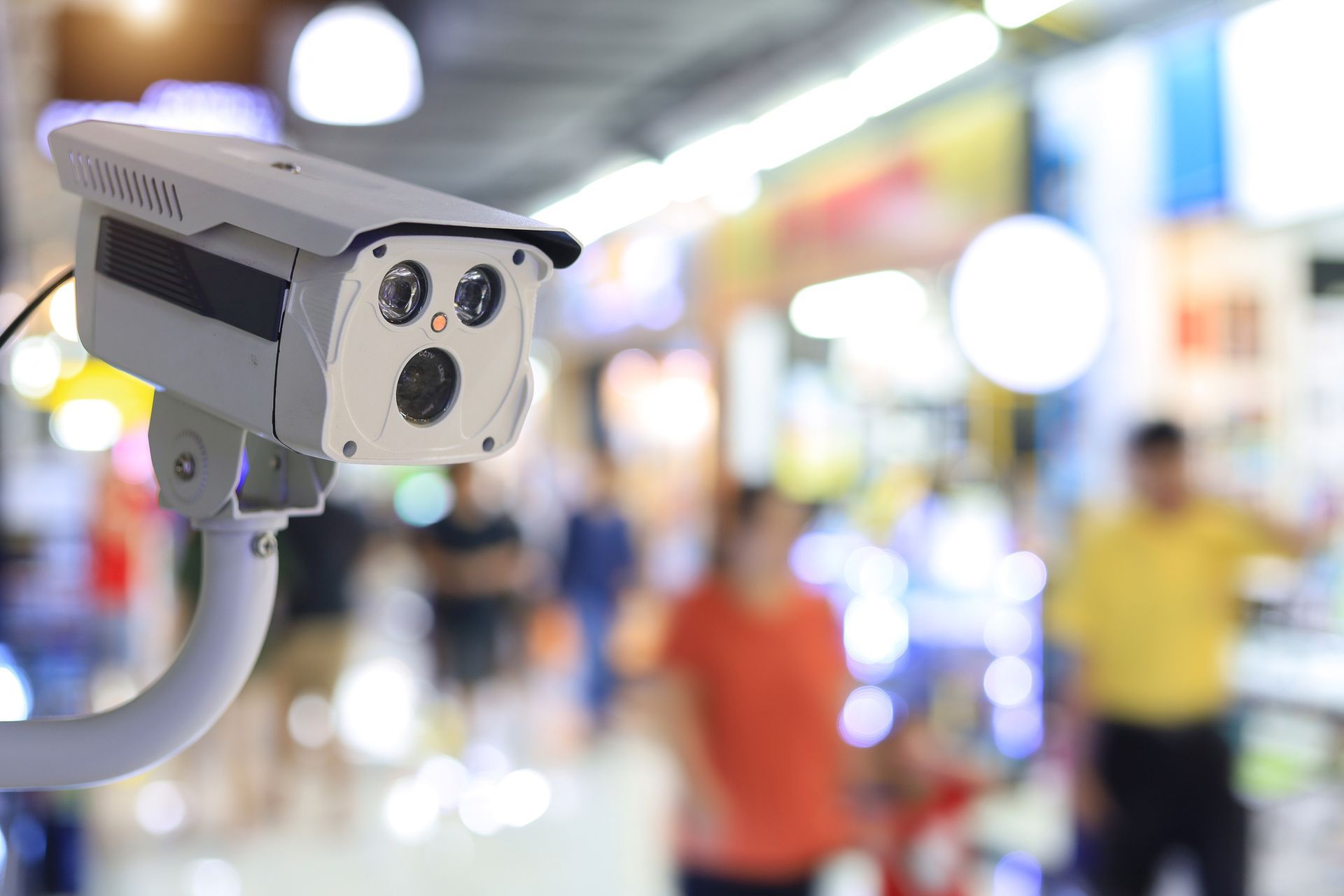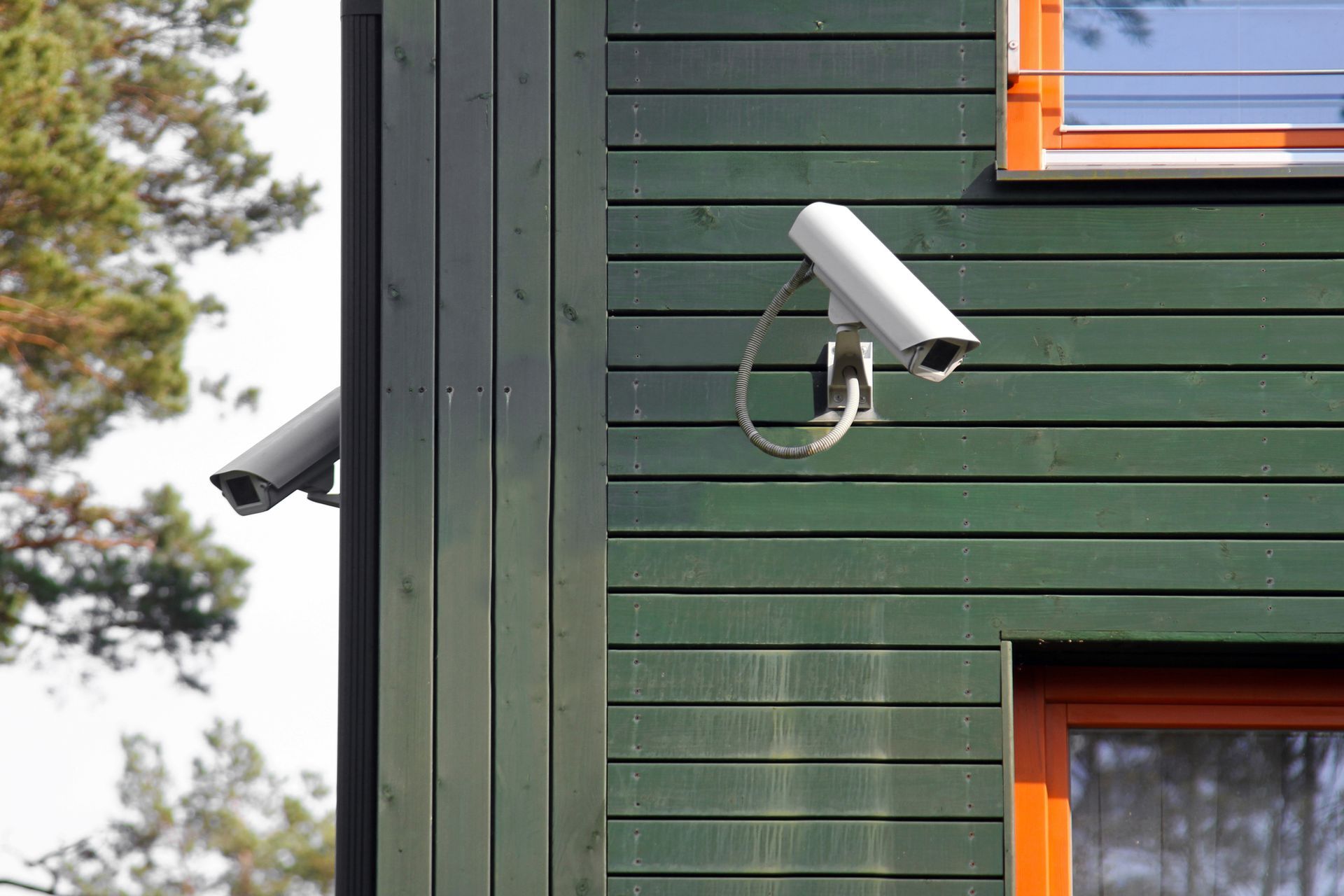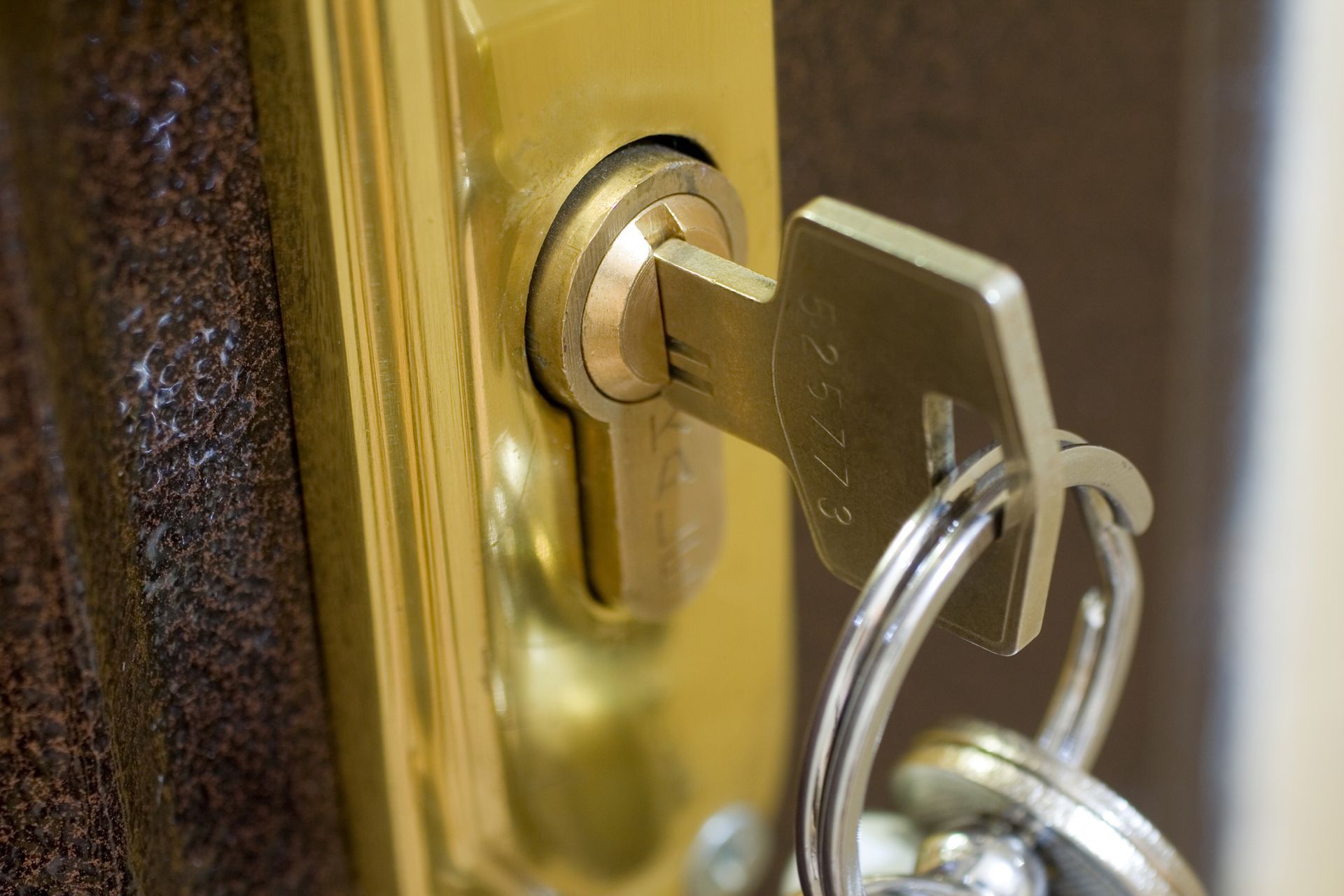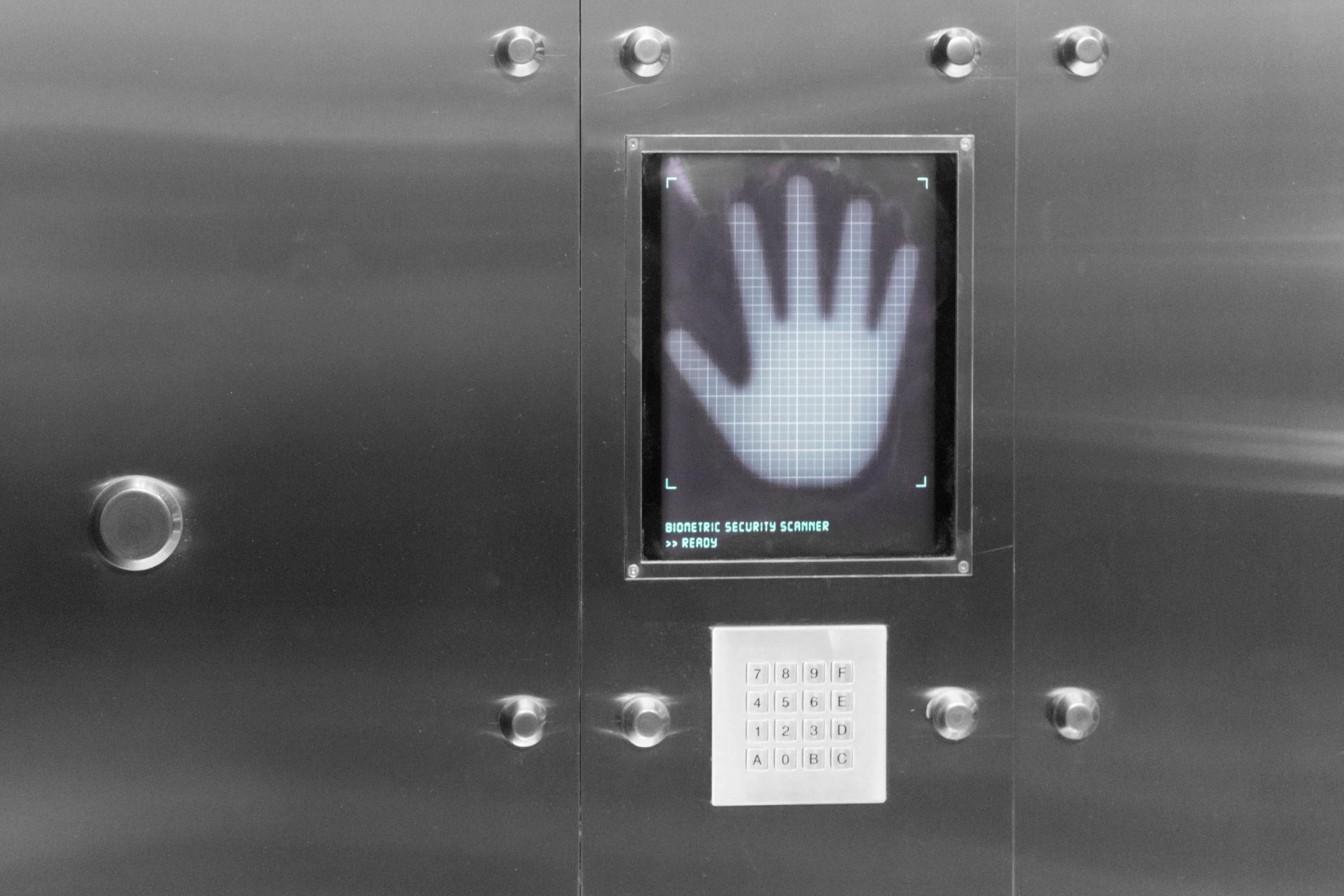Wired vs. Wireless Security Cameras
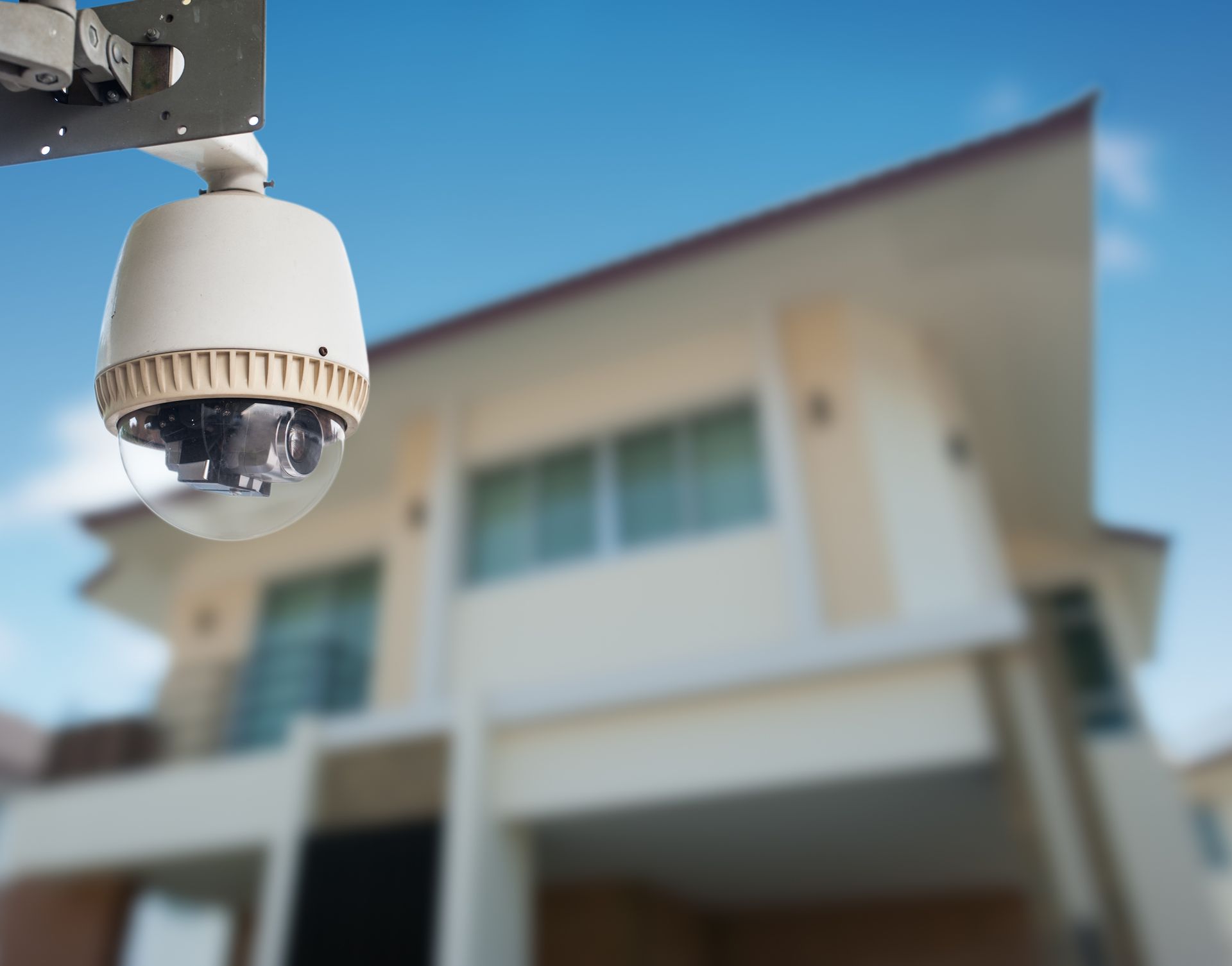
Wireless and wired security cameras protect your property and loved ones from dangerous people. Each of these two types has its advantages and disadvantages. Here is what you need to know about wired and wireless security cameras.
Wired Cameras
A wired camera, also known as a hardwired camera, is a type of surveillance camera that requires a physical connection to transmit video signals. A wired camera is connected to a recording device or monitor via cables. These cables serve as a power and video transmission conduit, ensuring a stable and reliable connection.
A wired camera installation involves running cables from the camera's location to the recording device, which may require drilling and routing cables through walls or ceilings. With advancements in technology, wired cameras now come in various forms, such as dome cameras, bullet cameras, or PTZ (pan-tilt-zoom) cameras, providing flexibility in surveillance applications.
Benefits
The physical connection through a wired setup ensures uninterrupted transmission of video signals, minimizing the risk of signal loss or interference. Secondly, a wired camera's direct connection significantly reduces the chances of unauthorized access.
Additionally, wired cameras tend to have a higher video quality. With a dedicated wired connection, these cameras can transmit high-resolution video without compression loss, capturing finer details and enabling accurate identification of individuals or objects. This clarity is crucial in scenarios where precise video evidence is required for investigations or legal purposes.
Wired cameras also eliminate the need for frequent battery replacements or recharging.
Cons
A wired camera's dependency on physical cables restricts its flexibility and mobility. This setup hampers the camera's ability to be deployed in various locations or easily repositioned.
Wired cameras can be challenging to install and maintain. Running cables through walls, ceilings, or other structures can be time-consuming and labor-intensive, and wired cameras are vulnerable to power outages or cable damage.
In addition, wired cameras may not be suitable for remote monitoring. As they lack wireless connectivity, real-time access to camera feeds outside the physical location requires additional infrastructure or network configurations.
Wireless Security Cameras
Wireless security cameras utilize wireless technology, such as Wi-Fi or Bluetooth, to connect to a network or a receiver device. Depending on the specific model, they can be powered by batteries or through an electrical source. These cameras capture video footage and transmit it to a designated receiver, a dedicated monitoring device, or a computer connected to a network.
Wireless security cameras often incorporate encryption protocols to protect the transmitted data from unauthorized access.
Benefits
Wireless security cameras offer installation flexibility, allowing users to place them anywhere within the range of their wireless network without the need for extensive wiring. This eliminates the hassle and expense of dealing with cables and enables easy repositioning or relocation of the cameras as needed.
Also, wireless security cameras provide remote access to live video feeds. Users can conveniently monitor their properties in real time using smartphones, tablets, or computers, enabling them to stay connected even when they are away.
Cons
Wireless security cameras require a stable and reliable internet connection to function properly. If the network signal is weak or intermittent, the cameras may experience lag, experience interruptions, or even fail to transmit video footage.
Additionally, wireless cameras are susceptible to hacking and unauthorized access. Without appropriate security measures, malicious individuals can potentially gain control over the cameras, compromising the privacy and security of the monitored area.
Lastly, wireless cameras are limited by their range. The signal strength diminishes over distance, making it easier to cover large areas with additional infrastructure such as repeaters or access points.
Phoenix Access Control is the leading security company in the Valley. We offer a wide range of access control and security camera systems professionally installed by our employees. Contact us to boost the security of your home.

